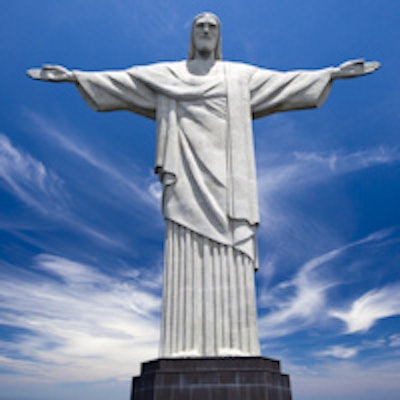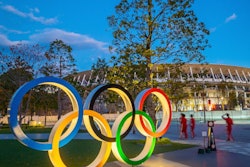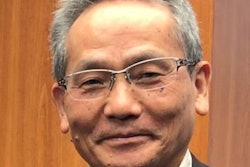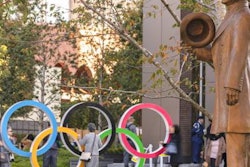
On the final day of the Olympics in Rio de Janeiro, the number of imaging procedures burst through the 1,500 barrier, said Chief Medical Officer Dr. João Grangeiro. By 5 p.m. Brazil time on Sunday, 862 MRI, 460 x-ray, and 178 ultrasound exams had been performed at the 3,500 square meter polyclinic, which is due to reopen when the Paralympics start on 7 September.
During the Olympics, there was no substantial downtime at the polyclinic, he explained. The only minor issue was with an air-cooled MRI chiller, but that was fixed in less than two hours and it didn't have an impact on workflow.
 Dr. João Grangeiro, chief medical officer of the Organizing Committee for the Olympic and Paralympic Games. Image courtesy of GE Healthcare.
Dr. João Grangeiro, chief medical officer of the Organizing Committee for the Olympic and Paralympic Games. Image courtesy of GE Healthcare.A total of 56 radiologists and 42 radiographers/technicians worked at the event.
"We have professionals from all over Brazil, but mainly São Paulo and Rio de Janeiro (around 90%), and they currently work for the best hospitals and clinics in the country. They work in two shifts of eight hours each," Grangeiro noted.
The polyclinic was open from 7 a.m. to 11 p.m. every day from 5 to 21 August, but the emergency team was available 24/7.
"It's the first time in an Olympic Games that 100% of the polyclinic volunteers work on the medical side or have a medical background. It's truly an amazing and very dedicated team caring for our athletes and the Olympic family," he added.
Muscular injuries accounted for 90% of the exams. There were no big surprises, and most injuries were relatively simple to treat, Grangeiro explained. In the majority of cases, athletes with muscular issues returned to action in two days or less.
"Our installed base for imaging technology is very advanced and support the doctors to provide real-time diagnosis," he said. "For more sophisticated care or in case the athletes need to go through a surgical procedure, they go to the Olympic reference hospital -- Americas Medical City -- very close to the athletes' village."
Absolutely no changes will be made at the polyclinic before the start of the Paralympics. The same structure and medical team will be available to care for the Paralympic teams.
The polyclinic remained open to athletes until 5 p.m. yesterday, he added.
At London 2012, 835 MRI, 405 x-ray, 392 ultrasound, and 79 CT examinations were performed during the Olympics. Of the total of 1,711, the largest amount (16.9%) was performed on knees, followed by the spine (13.2%), and ankles (12.9%). The total figures for the Paralympics in London were 254 MRIs, 216 x-rays, 157 ultrasound, and 28 CT scans.
For the games, GE Healthcare installed two MRI systems (1.5-tesla Optima MR 450w and 3.0-tesla Discovery MR 750w), four ultrasound machines (Logiq E9 ultrasound with XD Clear, Logiq E, LOGIQe R7, Vscan dual) and three x-ray units (Discovery XR 656). A PACS and RIS and Centricity Practice Solution electronic medical record (EMR) is also being used.
A CT scanner was available at London 2012 to guide interventional procedures, but was dispensed with for Rio 2016.



















